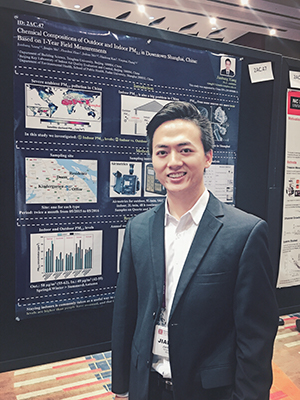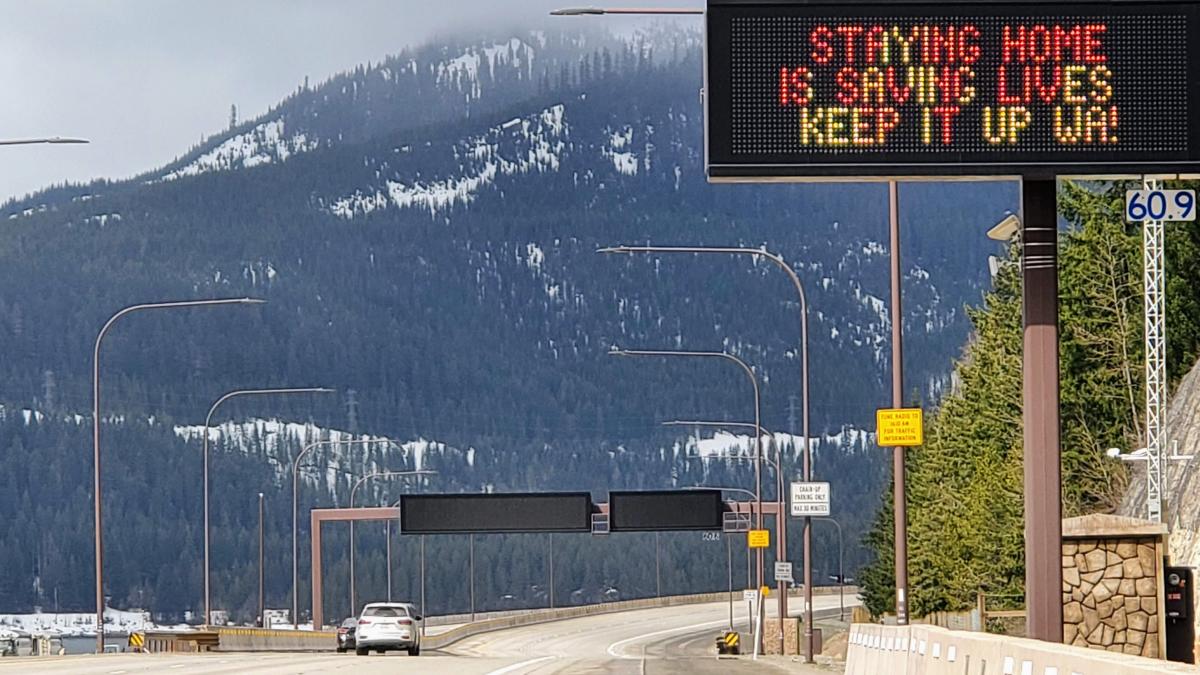After stay-at-home orders were issued in Washington state in response to the pandemic, some of the most harmful traffic-related air pollutants dropped significantly in Seattle, according to a research team led by the UW Department of Environmental & Occupational Health Sciences (DEOHS).
The researchers developed a new method to account for how weather conditions—such as changes in wind speed and direction, temperature and humidity—could influence their air pollution estimates before and after the shutdown.

“Urban traffic-related air pollutant levels could be completely different in scenarios whether meteorology was adjusted for or not,” the authors wrote in their study, which was recently published in a special COVID-19 issue of the journal Science of the Total Environment.
Weather matters
After correcting for weather, the team found that ultrafine particles, which are linked with heart and lung disease and other health concerns, decreased by 7% in Seattle in the weeks after the shutdown. Without this correction, the data showed no significant change in these pollutants.
Meanwhile, fine particles (PM 2.5), which are associated with similar health risks, decreased by 2%, in comparison to a decrease of 33% without the correction.
“This study found that the variation in weather conditions significantly confounded the effects of the COVID-19 shutdown on ambient air quality in urban Seattle,” said corresponding author Jianbang Xiang, a postdoctoral research fellow in DEOHS. “It suggests the need for fully adjusting for weather conditions in future studies examining the impacts of social and economic interventions on air pollution.”
Study co-authors are DEOHS Assistant Professor Elena Austin, DEOHS Research Scientists Timothy Gould and Jeffry Shirai, DEOHS Professor Timothy Larson, DEOHS PhD student Yisi Liu, UW Civil & Environmental Engineering Professor Julian Marshall and DEOHS Associate Professor Edmund Seto.
This post was adapted from the full story, available here.




